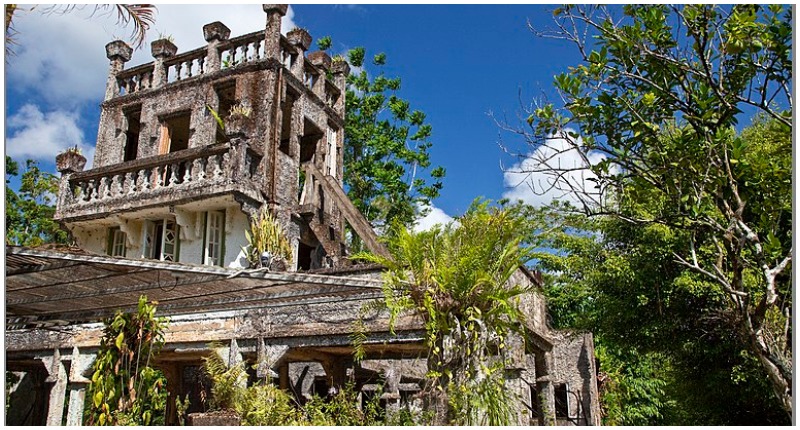In Queensland, Australia there is an old castle built by a Spanish immigrant that, for a while, had one problem after another. But even though it was abandoned for several years, it has now become one of the most popular tourist sites in Queensland.
When young José Paronella, a native of Catalonia, Spain, struck out on his own, he moved to a nearby town and became a baker. He discovered it was much harder than he had imagined, and, when he saw an advertisement for work in Australia, he took a chance. He arrived in Sydney in 1913 at the age of 26.
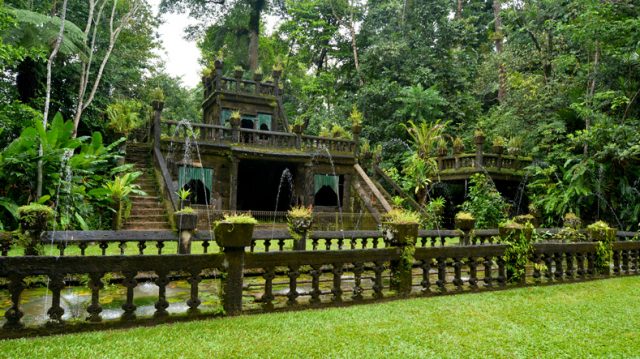
He found a job in North Queensland cutting sugar cane and saved every penny he could. He would come home every night with blistered hands and sore muscles which led him to ask for a cook’s job to feed the cane workers.
He served up the traditional fare of steak, chicken, eggs and bread, as well as some European style dishes. With the money he saved, he started his own sugar cane farm and soon branched out to money lending, mining, and turning over sugar cane properties.
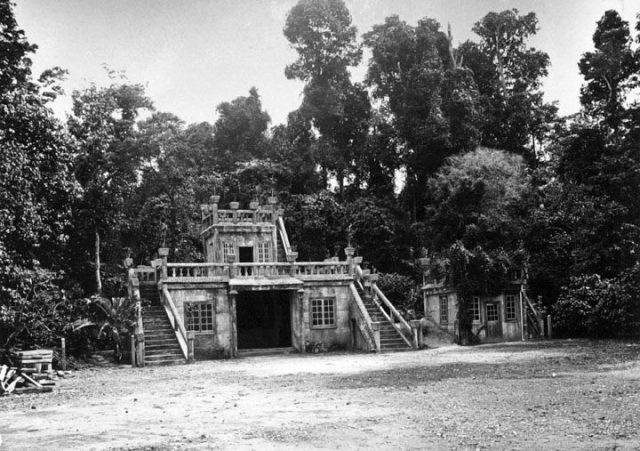
By the time he was 34 Paronella was quite wealthy, and he became an Australian citizen. Unfortunately, his wealth captured the attention of the underworld. Fearing he would lose his fortune and possibly his life, he returned to Spain.
While there he married Margarita, the sister of a woman he had known before he left for Australia. The couple spent time in Europe studying architecture, gardens, and cafes, getting ideas for the land José wanted to buy in Australia.
The transition to Australian life was tough for Margarita, but she gradually taught herself English and became acclimated to her new home.
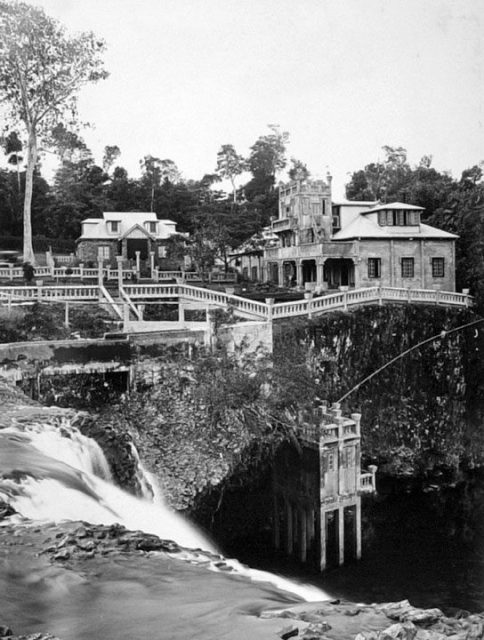
José searched for the perfect place to build the castle of his dreams and found twelve acres on Mena Creek surrounded by what are now National Parks.
He began by planting hundreds of trees and then built a home for himself and his family. It was a small stone house not far from the location of his later dream castle. With his family comfortably settled in, he began construction of the castle and renovation of the grounds.
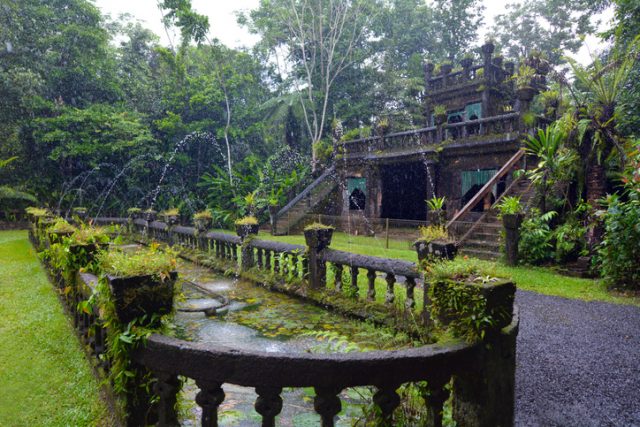
José and Margarita did the majority of the work themselves, and José built an ingenious hydroelectric dam. They installed benches, a swimming pool, a tennis court, a playground, fountains, and waterfalls on the land, and the castle itself included a large foyer, a large community room, a movie theatre, and places to buy refreshments.
José and Margarita had never intended to live in the castle but to share it and the grounds with the public.
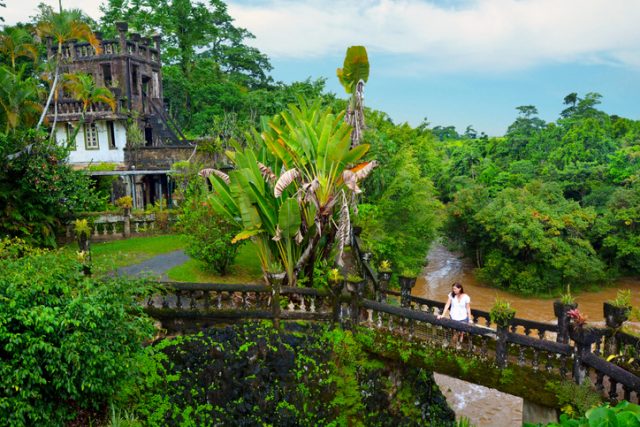
In 1935, Paronella Park was opened. The Paronella family held parties and dances for the locals, raised money for the Spanish civil war, and, during the second world war, the park became popular with American soldiers.
Afterwards, troubles began. The park’s website reports that the first problem they had was in 1946 when an area of land upstream was stripped of vegetation, causing avalanches of rocks and logs when the rains started. The hydroelectric system and the lower levels were all but destroyed. Repairs were completed and the castle was once again opened.
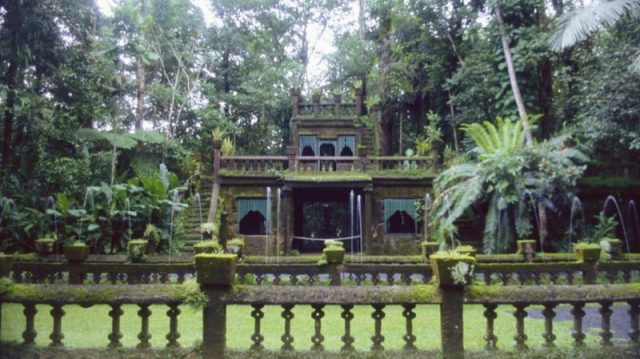
In 1947, José was diagnosed with terminal stomach cancer. About the same time, a tropical cyclone hit Queensland, causing major damage to the park.
With no insurance and José’s health failing, the park closed for six months for repairs. In August of 1948, José passed away, leaving the care of the park to his wife and two children. His daughter, Teresa, had married and moved away, and Margarita and their son, Joe, attempted to keep the park going.
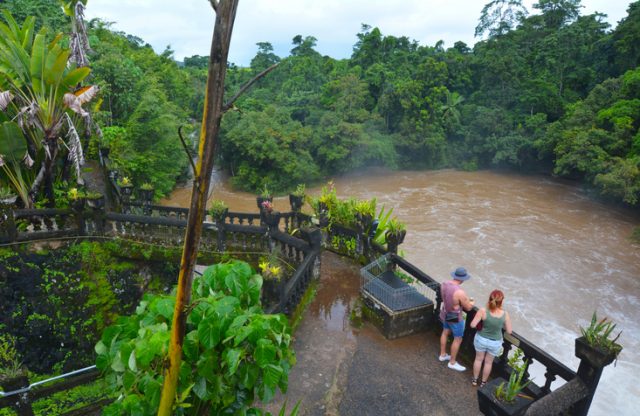
In 1967, Margarita died, and Joe passed away in 1972 which left the park in the hands of the Paronella grandchildren.
Floods in 1967, 1972, and 1974 further damaged the park, and it became too much of a burden for the family. In 1977, José and Margarita’s dream was sold. Two years later, a fire destroyed virtually everything except for the outer walls of the castle, causing the park to close. In 1986, Cyclone Winifred further damaged the grounds, and the site was abandoned to the jungle.
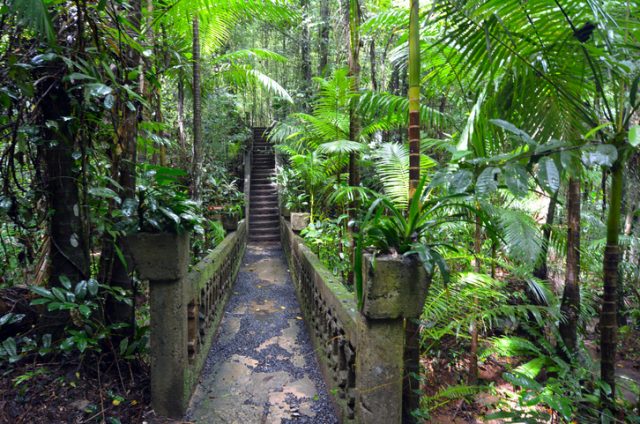
In 1993, Mark and Judy Evans bought the park with the intention of restoring it to its former glory. A flood in January of 1994, Cyclone Larry in March of 2006, and Cyclone Yasi in January of 2011 set the project back again and again.
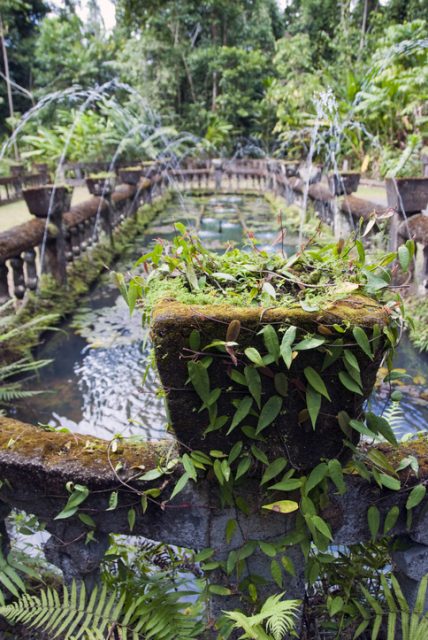
The hydroelectric system was shipped off to Germany for restoration and was reinstalled in 2009, bringing sustainable power back to the park.
Read another story from us: England Wants You to Camp in Abandoned Medieval Churches
According to Catalan Footprint in Australia, Paronella Park is open again. It is continually improving to conform to José ’s dream and has won several awards for Ecotourism. José and Margarita would be proud.
